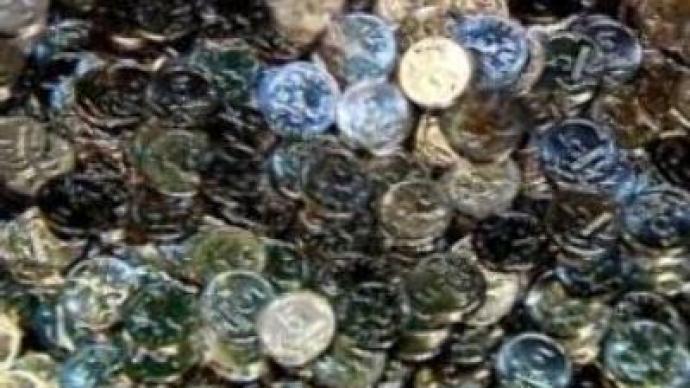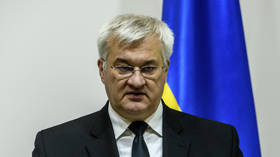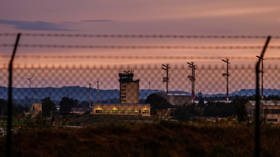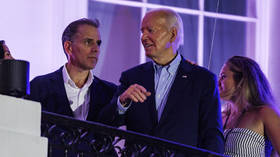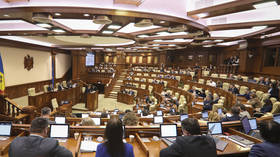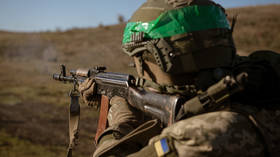Investment into Russia is increasing. Direct foreign inflow in the first half of 2006 was more than the whole of last year, at $14.1 billion.
But rapidly-rising capital coming
Russia’s way could pose problems for the newly-convertible rouble, increasing pressure on
Russia's currency to appreciate. This creates a tough situation for the central bank, tasked to maintain rouble stability and to support the finance ministry in curbing inflation.
“If the central bank allows the exchange rate to appreciate, inflationary pressures on the economy will be contained,” said Yaroslav Lissovolik, chief economist at United Financial Group. Last remaining restrictions on the rouble are being lifted to make it fully convertible. The government says this will increase investment into and out of
Russia, making rouble appreciation even more likely. The central bank may have to develop another route to currency policy as it did 18 months ago by distancing itself from the U.S. dollar. “We have our rouble treated as one of the most stable currencies in the world,” said Konstantin Korishchenko, the bank’s deputy head. The rouble enjoys this status less than a decade after a financial crisis so severe that the currency was devalued. New policies are necessary now to handle this achievement.
You can share this story on social media:
Follow RT on
